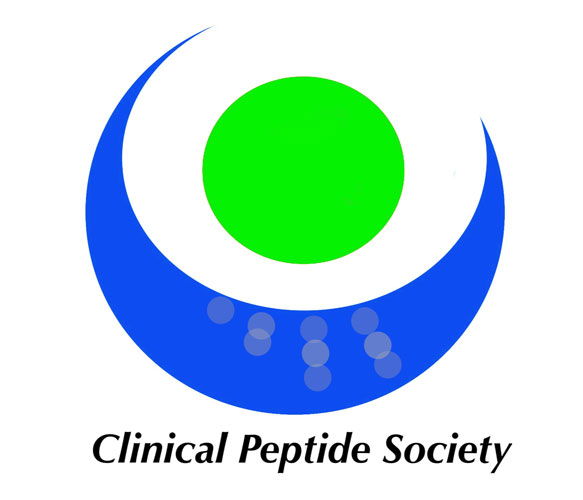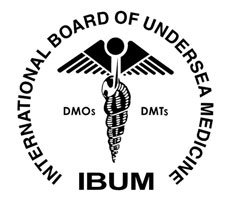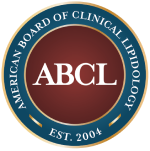What Men Need to Know About Low Testosterone Treatment

Low testosterone (T) treatment can help restore your testosterone to normal levels, alleviating the symptoms of low testosterone. Also known as male hypogonadism, low T is a condition that develops when a man’s testicles do not produce enough testosterone. It can be caused by various issues like injuries that affect the hypothalamus, pituitary gland, or testicles. The testicles are the primary producers of testosterone in the body, while the hypothalamus and pituitary gland control how much testosterone the testicles produce and release.
Testosterone stimulates the development of male characteristics and plays an essential role in sperm production. Men naturally have higher testosterone than women, and that leads to increased bone density and muscle mass. Testosterone is also responsible for the development of male genitalia.
Some of the symptoms of low testosterone in men include:
- Reduced sex drive
- Fatigue
- Erectile dysfunction
- Depression
- Hot flashes
- Shrinking testicles
- Loss of pubic or armpit hair
- Difficulty concentrating
- Memory problems
- Increased body fat
- Low endurance
- Formation of male breast tissue
- Reduced muscle mass
Some of the factors that increase a person’s risk of developing low testosterone include age, obesity, type 2 diabetes, obstructive sleep apnea, chronic medical conditions, and AIDS/HIV.
Everything you should know about low testosterone treatment
Low testosterone treatment typically starts with a healthcare provider going over the patient’s medical history and habits, performing a physical exam, and ordering blood tests.
Some of the more commonly ordered tests include:
- Total testosterone level test: This test typically involves collecting two blood samples early in the morning when testosterone levels are at their peak
- Prolactin blood test: This is used to determine if a patient has pituitary gland disorders
- Luteinizing hormone test: This is used to assess if a patient’s low testosterone is being caused by a pituitary gland disorder
Once a healthcare provider determines a patient has low testosterone and is an ideal candidate for low testosterone therapy, some of the treatments that might be recommended include:
1. Skin gels
These products are typically applied on the skin daily as directed. They are one of the most popular low testosterone treatments in the U.S. It is important to avoid transferring the gel to other people through skin-to-skin contact, as it can cause negative effects in people who do not need testosterone supplementation.
2. Intramuscular injection
Patients can also opt to be injected with testosterone periodically, typically every one to two weeks. There are also long-acting testosterone injections that can provide enough testosterone for up to ten weeks.
3. Testosterone patches/pellets
These patches are applied to the skin daily as directed by a healthcare provider, and the locations the patches are placed need to be rotated regularly to avoid skin irritation. Testosterone pellets are injected under the patient’s skin every three to six months. They provide patients with a long-term source of testosterone.
4. Oral testosterone
These are pills prescribed to patients with low T that are taken orally. They are typically recommended for patients with low testosterone due to specific health issues like tumors or Klinefelter syndrome. Oral testosterone is the least used form of testosterone supplementation since taking testosterone orally can have negative effects on the liver.
Benefits of testosterone treatment
Some of the benefits men who undergo testosterone treatment often get to enjoy include increased energy levels, improved erections, increased sex drive, increased bone density, increased insulin sensitivity, and increased muscle mass.
Some patients also report improved mood after bringing their testosterone levels back to normal. Most men who get testosterone treatment report mostly positive changes.
Testosterone treatment vs. performance-enhancing drugs
Getting low testosterone therapy should not be confused with taking steroids or other performance-enhancing drugs. While it is true that anabolic steroids used by some athletes and bodybuilders contain testosterone or similar chemicals, these drugs significantly increase a person’s testosterone levels, while low testosterone therapy only looks to restore a patient’s testosterone to normal levels. Testosterone replacement therapy will not give you super athletic abilities since it doesn’t boost your testosterone levels above normal. Many athletic governing bodies allow competitors who are undergoing testosterone treatment to compete since it does not give them any significant advantages.
The goal of low testosterone treatment is not to make you superhuman. It simply gives you enough testosterone to maintain healthy levels, alleviating symptoms of low testosterone like fatigue, difficulty concentrating, and low sex drive.
Restore your quality of life
Low testosterone can leave you feeling like a shell of your former self, but it does not have to be that way. Call or visit our Fresno clinic to explore treatment options.
Request an appointment here: https://omgwellnessmd.com or call Optimal Medical Group at (559) 425-1118 for an appointment in our Fresno office.
Check out what others are saying about our services on Yelp: Read our Yelp reviews.
Related Posts
For most patients, getting the O-Shot, a non-surgical procedure that uses your own platelet-rich plasma to enhance sexual function and treat urinary incontinence. It involves only minimal pain, thanks to numbing creams and careful technique. Most women describe the sensation during the O-Shot as a mild pinch or brief discomfort rather than true pain, with…
The PRP P-Shot, also known as the Priapus Shot, is a cutting-edge medical therapy using platelet-rich plasma (PRP) from your own blood. It improve erectile function, sexual health, and sexual performance in men. This in-office procedure harnesses the body's natural growth factors to promote tissue growth, enhance blood flow. Target issues like erectile dysfunction with…
What Does the O-Shot Do? The O-Shot, also known as the orgasm shot, is a non-surgical procedure that uses platelet-rich plasma (PRP) from a woman's own blood to enhance sexual function, sensitivity, and potentially treat urinary incontinence. Many women turn to the O-Shot to improve blood flow, boost sexual pleasure, and revitalize vaginal tissue, often…
How long does the P-Shot last? Most men experience noticeable results from P-Shot treatment for 6 to 12 months. Some men even report benefits up to 18 months or longer. This revolutionary intervention, also called the Priapus Shot, uses platelet rich plasma from your own blood to improve erectile function. Also, it enhance sexual performance,…
















